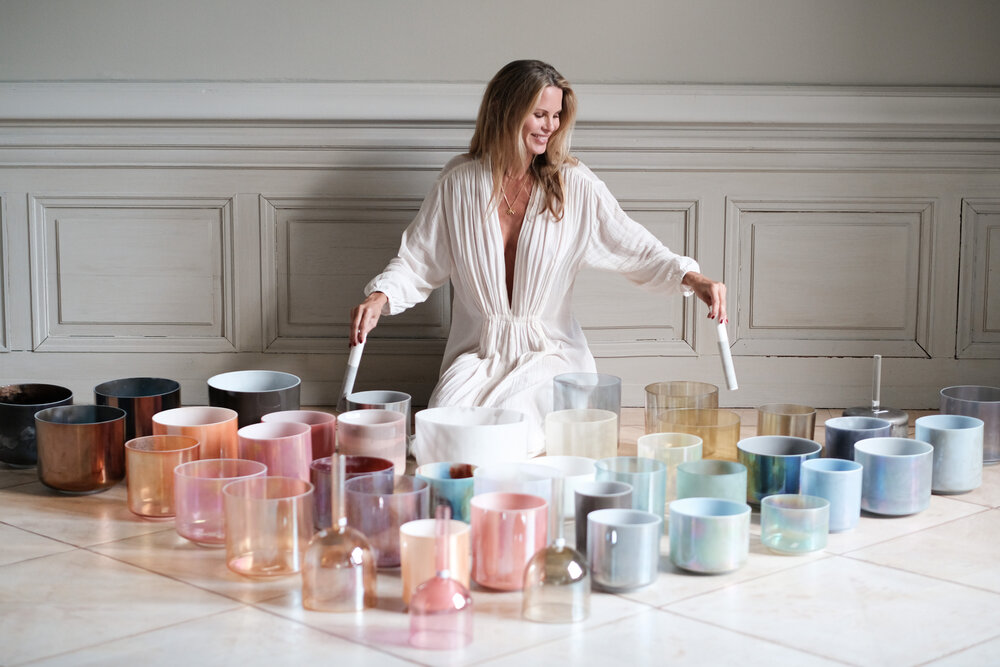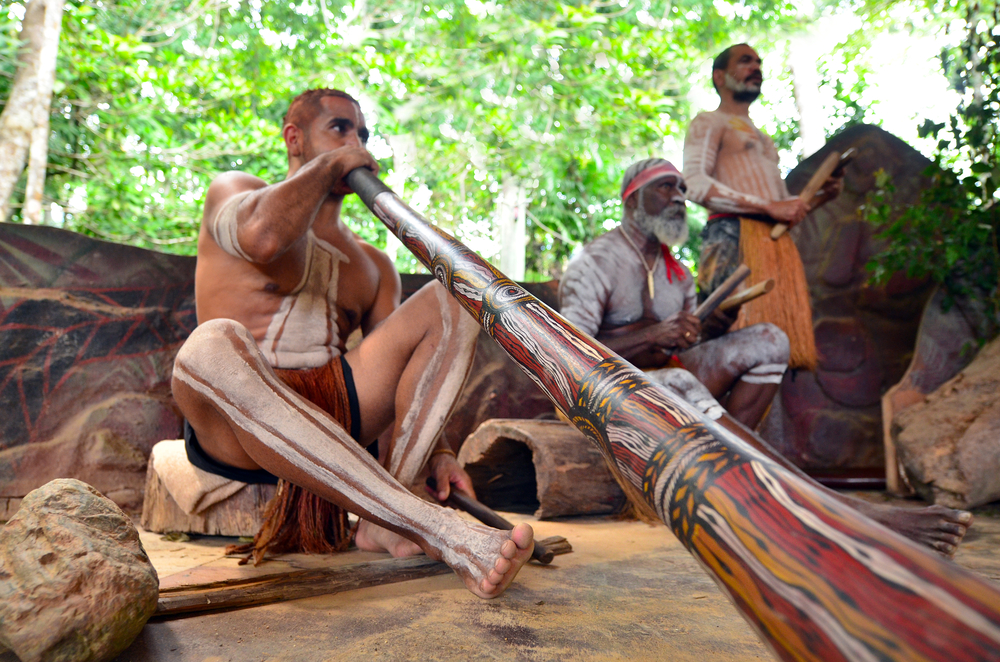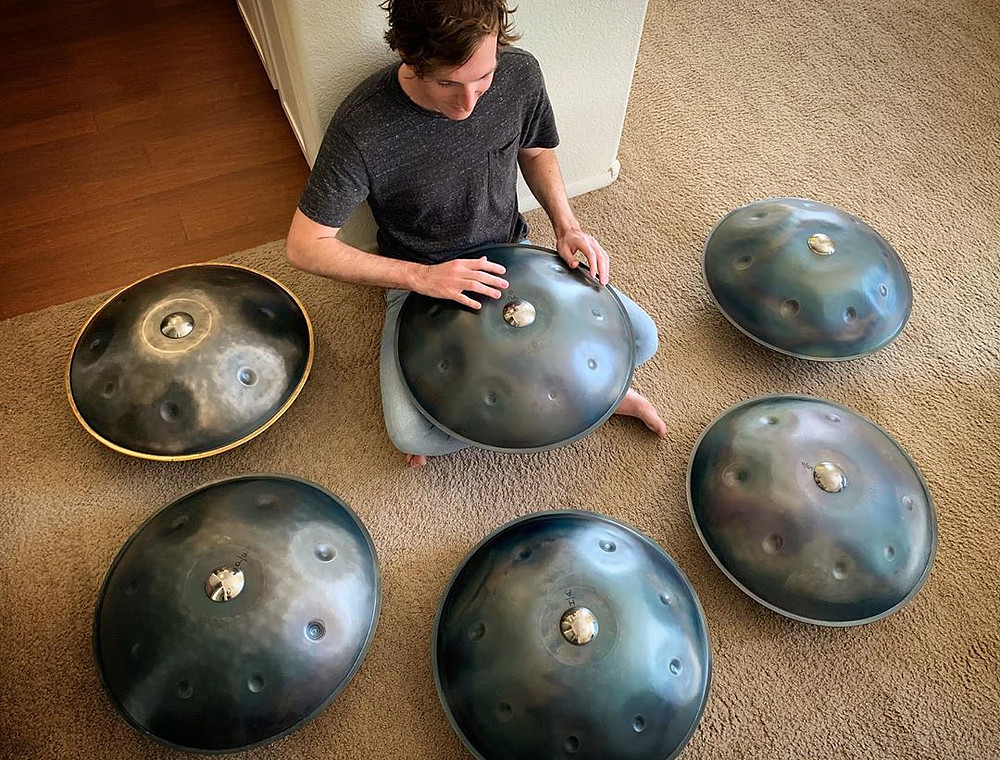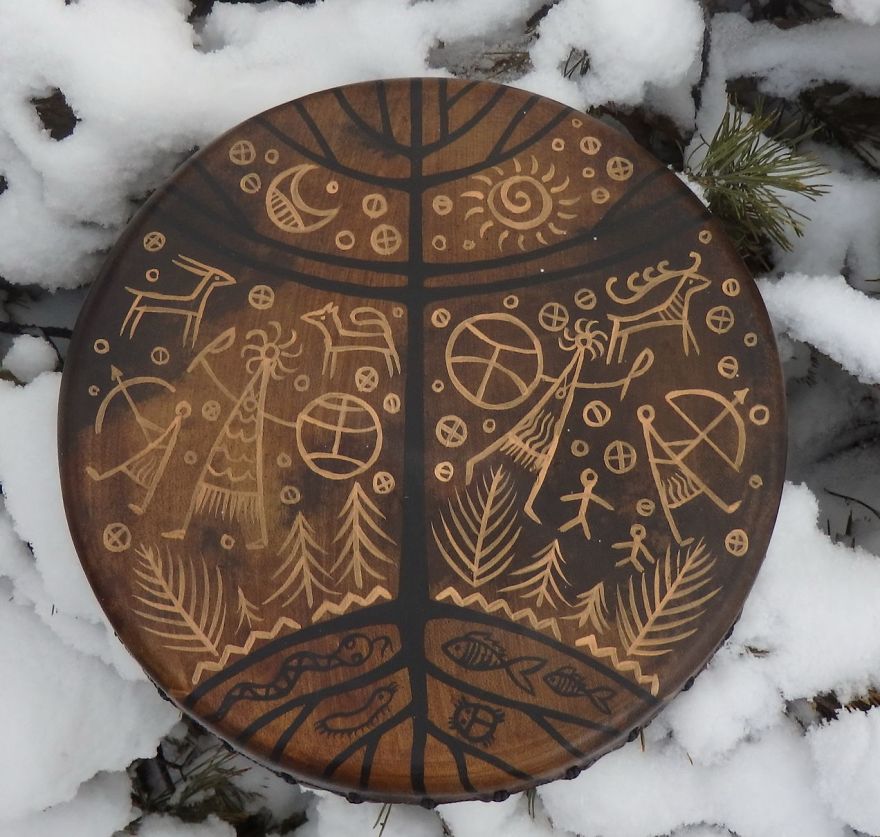Music/sound has always been a big part of the human experience. It has been used in a wide variety of purposes- from religion to entertainment. However, there is one more aspect that has become more prevalent in the modern times- sound healing. This article will discuss the following aspects of this field:
- The impact of low frequency sound (including infrasound) on our bodies
- The psychological aspect behind sound healing
- Exotic instruments that are widely used in sound therapy and are commonly referred to as “healing instruments”
Low Frequency Sounds

When talking about low frequency sounds, the focus is on sounds at 250 Hz and below. Special attention should also be paid to infrasounds (1-16 Hz). A study titled “Possible Mechanisms for the Effects of Sound Vibration on Human Health” (Bartel, Mosabbir) mentions which mechanisms sound vibration impacts. These include: stimulation of endothelial cells and vibropercussion; of neurological effects including protein kinases activation, nerve stimulation (specifically vibratory analgesia) and oscillatory coherence; of musculoskeletal effects including muscle stretch reflex, bone cell progenitor fate, vibration effects on bone ossification and resorption, and anabolic effects on spine and intervertebral discs. The conclusion points to the complexity of the field of vibrational medicine and calls for specific comparative research on type of vibration delivery, amount of body or surface being stimulated, effect of specific frequencies and intensities to specific mechanisms, and to greater interdisciplinary cooperation and focus. Based on my own anecdotal experience, I would say that all the above-mentioned mechanisms do get targeted with prolonged and regular exposure to sound vibrations. It is most effective when these sounds are used in a calming meditative atmosphere after a short warm-up meditation.
The Psychology Behind Sound Healing

In the context of psychology, it is important to mention that sound healing doesn’t only focus on hearing, but it is also a tactile and visual experience. Music is also impacted by the type and shape of space it is played in. This is why architecture is also important in the perception of sound. Sound healing has ancient roots in cultures all over the world, including Australian aboriginal tribes who used the didgeridoo as a sound healing instrument for over 40,000 years to ancient such as Tibetan or Himalayan singing bowl spiritual ceremonies. Sound meditation is a form of focused awareness type of meditation. One kind that has become more popular is called “sound baths,” which uses Tibetan singing bowls, quartz bowls, and bells to guide the listener. These practices highlight themes of how the experience of sound manifests not only through hearing but through tactile physical vibrations and frequencies. A review of 400 published scientific articles on music as medicine found strong evidence that music has mental and physical health benefits in improving mood and reducing stress. In fact, rhythm in particular (over melody) can provide physical pain relief.
Sound Healing Instruments
Singing Bowls/Crystal Bowls

Singing Bowls are made from metal and crystal ones are made from pure Quartz. Crystal bowls might be more interesting to talk about because our body has a natural affinity to quartz. On a molecular level, our cells contains silica, which balances our electromagnetic energies. Crystal acts as an oscillator, magnifying and transmitting pure tone. As the sound affects brainwave activity one can enter into an altered state of consciousness. As different parts of the brain are affected, it is probable that they release different hormones and neuro-chemicals. Both regular and singing bowls produce sustained pure vibrating tones that induce a state of trance and physical relaxation. Singing bowls began their journey in the ancient time of Buddhism. It is believed that singing bowls were an integral part of practicing Buddhism. Notwithstanding these origins, sound therapy has traveled across many religions and cultures throughout their history.
Didgeridoo

The Didgeridoo is a wooden BRASS instrument thought to have originated in Arnhem Land, Northern Territory, Australia. Researchers have suggested it may be the world’s oldest musical instrument, The oldest cave painting were dated 3000 to 5000 years old. It can be over 40,000 years old. There is a little evidence of the didgeridoo being used as far south as the Alice Springs region of Australia, but traditionally never in the southern three quarters of the country. It has been suggested that the Didgeridoo was an adaptation of traded instruments from India and/or Asia, this is possibly why it was mainly used by coastal tribes of the far North of Australia. Traditionally didgeridoos were made from eucalyptus tree trunks and limbs hollowed out, while still living, by termites, (a small insect like an ant but a relative of the cockroach) or from bamboo in the far north of Australia. Traditionally the termite hollowed Didgeridoo was cut to an average length of 130 to 160cm and cleaned out with a stick or sapling. Today didgeridoos are made from a large variety of materials such as Glass, Leather, Hemp Fibre, Ceramic, Plastic, Fibreglass, Carbon Fibre, solid timbers carved out, logs drilled out, dried/hollowed Agave cactus stems, Aluminium and other metals and just about any material which can be formed into a hollow tube! The didgeridoo was traditionally used as an accompaniment along with chants, singers with Bilma (Tapping sticks) and dancers, often in ceremonies. Today the didgeridoo is heard in almost every style of music, rock, jazz, blues, pop, hip hop, electronic, techno, funk, punk, rap etc. There are truly no limits to the use of this awesome instrument. In a few aboriginal groups in certain ceremonies men only played the didgeridoo, but in many groups, outside of ceremony, men, women and children played it. In the same way the guitar originating in Europe, is now owned, made and played by people across the world, the Australian didgeridoo is now owned, made and played by many people all around the globe.
Handpan/ Hang Drum

There are many different types of handpands, with prices ranging from a few hundred to an astounding few thousand dollars (the latter would be for the original PanArt Hang Drum). These instruments are similarly made of curved metal, like the steel drum from Jamaica. This is a relatively new instrument originating from 2001. At first, the Hang was sold by only a few select distributors around the world. Acquiring an early version of the instrument required someone to get into contact with these distributors, and it was not uncommon for them to sell out quickly. Years passed, and eventually PANArt only sold the Hang from their workshop. An in-person visit to the PANArt workshop was required to retrieve the Hang, and it was invitation only. Eventually, the allure of the Hang took hold, and demand for the instrument skyrocketed. Other steel pan builders saw this new demand and focused their efforts on creating something similar. As the term ‘Hang’ is a registered trademark of PANArt, these other companies had to come up with a universal term for this hand-played steel instrument. There has been much debate in what term should be used, but now the most commonly used word is “handpan”, a term introduced by the company “Pantheon Steel” who makes the Halo handpan. PANArt has said, on many occasions, that the hang is not a handpan. Their reasoning is that the hang is crafted using techniques not seen in the steelpan and handpan world. Specifically, it has to do with the structure of the notes themselves, and how the tone fields are formed and tuned. The Iskra sound sculpture, made by Symphonic Steel, is based upon these unique forming and tuning methods devised by PANArt.
Frame Drum/Shaman Drum

The shaman drum is another very old instrument used for ritual and healing purposes. Some of the oldest known ritual burials were of female shamans or priestesses, in areas as far apart as Germany and Israel, dated from 8,000-12,000 years ago. … Ritual drums were often painted red to depict menstrual blood, had symbols of the vulva, and rituals centered around fertility. Continuous fast drumming, using a hand held frame drum, at the rate of 180-250 bpms is traditionally the most common method of eliciting a trance state which allows the participant to experience “non-ordinary reality”. This predates every other form of religious ritual and has a common methodology across cultures and continents, based on the findings of archaeologists and anthropologists around the world. Similarities in ritual forms, ritual implements like drums and rattles, costumes of the shaman and descriptions of the non-ordinary reality during trance states are remarkably consistent in indigenous peoples from Asia, Europe, the Middle East, Australia, and the Americas. Many of these traditions still survive and are currently practiced.
Resources
https://www.ncbi.nlm.nih.gov/pmc/articles/PMC8157227/
https://www.psychologytoday.com/us/blog/urban-survival/201907/the-healing-power-sound-meditation
https://www.shantibowl.com/blogs/blog/the-definitive-guide-to-crystal-singing-bowls
